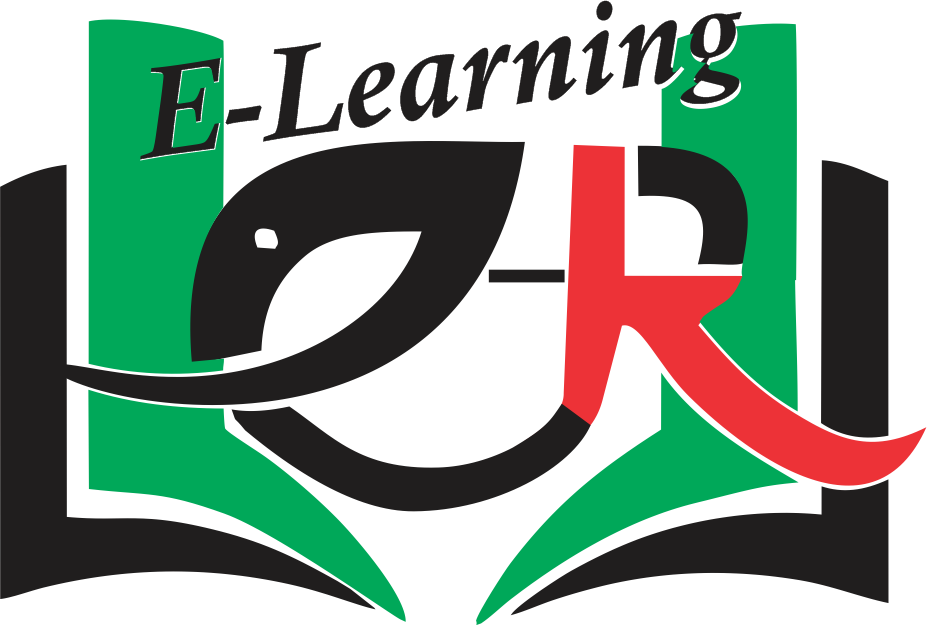 Getting an education has been made easier today owing to the fact that technology has advanced to greater levels in the provision of e-learning.
Getting an education has been made easier today owing to the fact that technology has advanced to greater levels in the provision of e-learning.
Today, when one wants to learn or research, they simply get into google and research on their topic of interest. Before, people would get into libraries and go through mountains of books and magazines, just to access the information that they require.
In classes, student lectures are nowadays hosted online as a way of diversifying the mode of teaching from regular in-class lectures to more interesting online classes.
Online lessons are also preferred owing to their short and interactive nature as opposed to sitting down for a whole lecture actively.
Although online learning and distance education sound similar, they have different meanings, setups, and rules that determine their dissemination.
So how does one distinguish between online and distance education?
Online learning means that lessons are conducted between lecturers and students, using a setup similar to a classroom setup. The students must attend these classes and should interact with the lecturer to gauge their level of understanding.
For distance education, the teacher virtually assigns content and lessons to students. He also administers exams and assignments online and will mark and issue the results virtually.
So, what is the difference between the two?
- Distance
E-learning learning is less constrained when it comes to distance in that, students are usually in the same locality and are only brought together virtually. As for distance learning, a student may be located in Rwanda and still attend online classes in Kenya. Here, there is less need to at times visit the school for one-on-one classes
- Nature of students
Online learning is mostly used by university and primary or secondary school students. They may be using this to break the monotony of getting into a classroom. As for distance learning, this is mainly preferred by working students and students who seek to study in different countries for one reason or the other.
- Cost of education
The cost of education for both is cheaper as compared to physically going to class. This is because, for online learning, only tuition money is paid. Distance learning is more cost-effective because the student does not require to travel to the country where the school is for them to study.
4. Nature of lessons
Online learning lessons involve all students attending these classes at the same time virtually with an instructor joining them to give out the lesson. The lesson is interactive and instructors take time to request feedback.
For distance learning, the student gets access to information at a time of their choice. The instructor is not usually present during the lessons. He or she only posts the lessons and assignments for the students to complete the assessments and post results.
- Material
The materials used for online writing are more links, videos, audios, and presentations while the materials used for distance education are more of books for referrals. Students can use these books for referrals at their own timing and preference.
- Purpose
The purpose of e-learning is to diversify the teaching methods used in schools from regular in-class sit-downs to online methods that are more fun and provide a variety of information.
As for distance learning, the lessons are placed online only to provide assistance to the students who do not have access to the campus. These lessons are mainly instructions and offer assistance to these students.
In essence, both online and distance learning are done over the internet and remotely, but the purpose of the lessons, mode of administering the lessons and the technology used differs greatly.
A Kenya school of revenue administration graduate (tax administration nd certificate in customs and freight logistics) and a professional accountant, experienced consultant with a history in the business field and freelancing .skilled in taxation, accounting, secretarial, and writing


1 thought on “WHAT IS THE DISTINCTION BETWEEN E-LEARNING AND DISTANCE EDUCATION?”
Pingback: what are eLearning education materials?